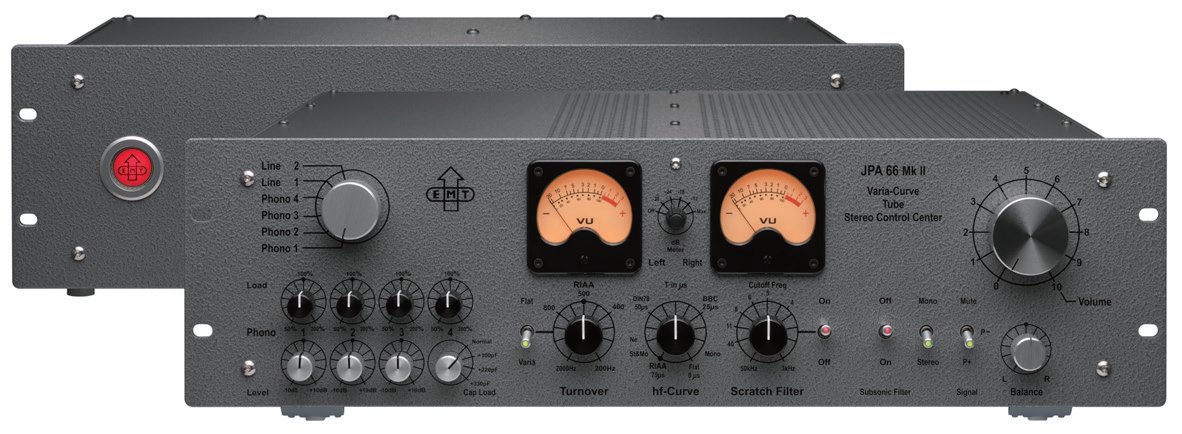Anyone seriously audition a phono stage with various eq options and decide against it?
Personally, whether it’s Zanden, audio research, or Ch precision, I always find that getting the right eq is not just a tone control, as some vinyl experts claim, but a giant level of improvement in musical energy, aliveness, and more lifelike realism.
in comparison, not taking advantage of the various EQ curve settings, the system sounds like hifi to me. just blah. once experience this, can’t go back.
Curious of other members experience with these eq curve feature and level of curiosity
I have the same experience and i would certainly add FM acoustics to that list







